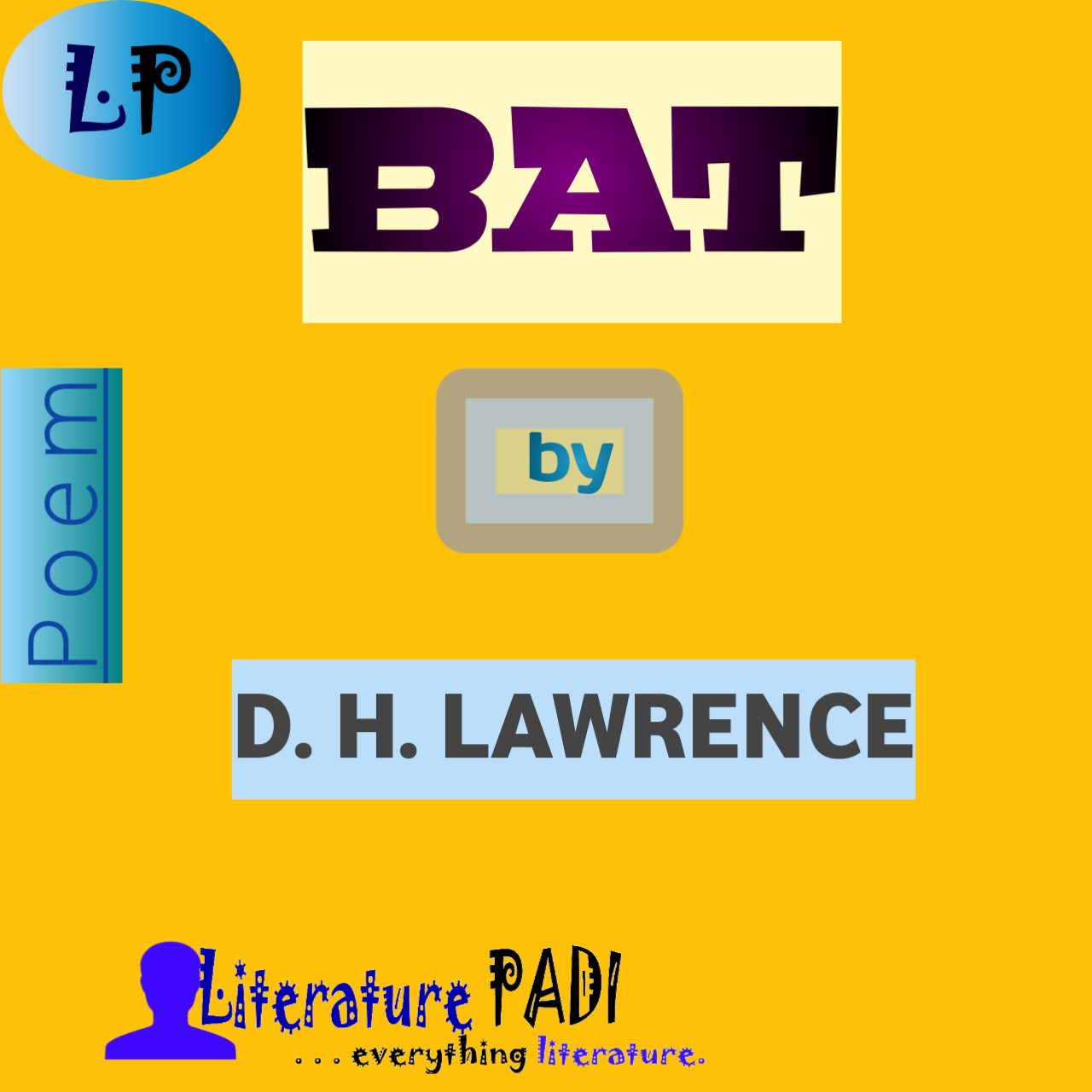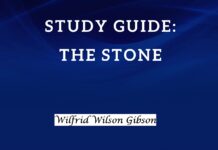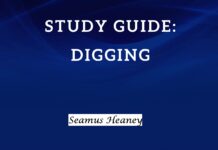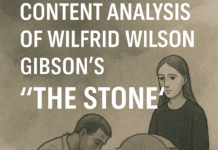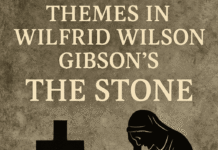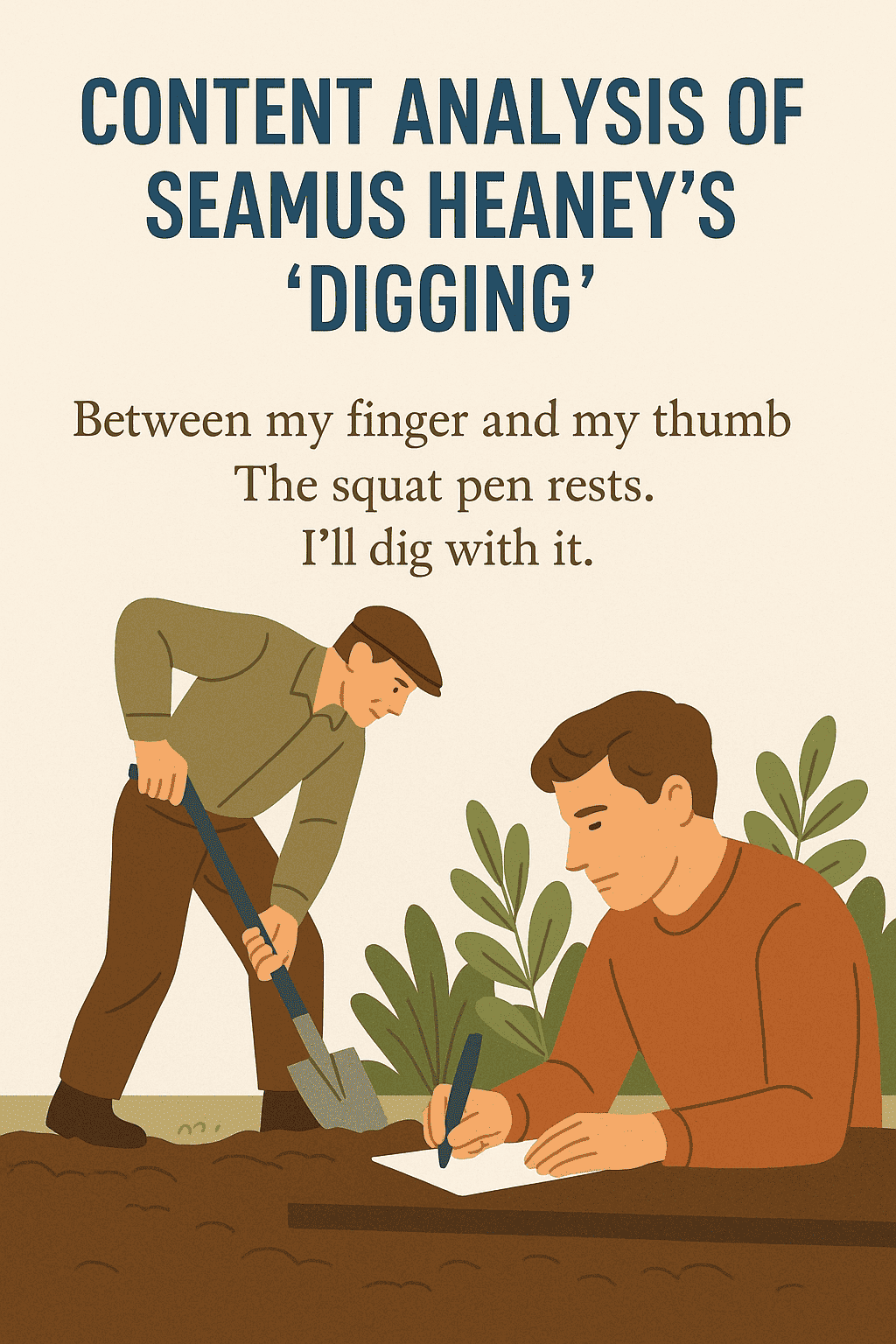📢 Follow our WhatsApp Channel for the latest literary updates!
The increasing realisation of individual perceptions on matters of shared interest has from time to time distinguished reality and façade. The latter is more often than not a specious dogma. In the poem, “Bat“, the poet demonstrates this difference with the sudden change in the tone with which he first expresses his agreement with the beauty of the salubrious atmosphere.
However, while he enjoys the cool of the evening, he suddenly realised an unnatural and rather appalling feeling that the putative feeling portends. The irony; the contrast. Thus, the individual’s evolving consciousness, which results from insight on what is commonly accepted, is, to suggest, the backdrop of Lawrence’s message in “Bat“.
The poem opens on a note of relaxation, in the first stanza. So this time of the day, the poet-persona is “sitting on this terrace” (line 1), enjoying the therapeutic atmosphere while he observes nature generally. It is not so much with the description of what he sees but with the stimulating effect that has on him.
With the personification of “…the sun from the west…/Departs” (lines 2-3), he gains a wholesome sight of the goings-on and an insight of its effect. Further, in the transferred epithet in line 4, “the tired flower of Florence”, it is the poet himself who is tired and not the flower. This appeals to taking a rest in the evening.
In stanza 2, he proceeds to observing the cool and mesmerising scenery in another part of the place, ”Ponte Vecchio” and “obscure Arno” – everywhere submerged in the translucent wonder of the evening. This suggests that the poet-persona is so much engrossed in that event in nature; thus focus has slightly shifted from that ordinary sight to his mind, as represented with the ellipsis that ends the two stanzas – the persona keeps ruminating and ruminating on how the environment, setting and the cities at large (the landscapes mentioned in the two stanzas) are undergoing that smooth and titillating atmosphere. The ellipsis also suggests the inexpressive depth of sensual feeling nature brings in such a stimulating condition.
Still in that streak of stimulating view, the poet, in stanza 3, calls an imaginary audience to “see things flying” (line 9). First, it is indefinite, then he is particular the “things” are “swallows with spools of dark thread sewing the shadows together” (line 11), an alliterating ‘s’ gives a fitting acoustic description. He must have been so taken in in the viewing to have called them things in the first place, because it is apparent that that is a shared knowledge. What a sight to behold! The birds garnish the sky with their “circle swoop, and a quick parabola”, calling the poet’s attention. He observes very clearly how they choreograph, drinking in some thought of which the audience is unaware.
In stanza 4, they see differently what the flock is doing and what that implies. Subtly, the poet-persona gets the interpretation of his view and in a two-line stanza 5 tries to get his imaginary audience to reason with him, “And you think:/”The swallows are flying so late!” (lines 16–17), which suggests a common commentary on that regular drama.
The next stanza and line is a one-word question, “Swallows”? Now the poet is curious. It is noted that the poet is no longer admiring the flying creatures; rather he is skeptical about their ominous presence at that time of the day. The question he asks is pregnant with insightful observations, as his mind traverses a course of reality the thought of which no one is yet to hazard.
Then, in stanza 7, he paradoxically describes the “swallows” as “Dark air life looping/Yet missing the pure loop…” (lines 19–20). The consonance of /p/ is mildly cacophonic; and the whole stanza is sound-unfriendly, painting a ugly situation to the sight and in mind. These birds beat against the current; these birds display a horrific drama; the birds’ is scary. These birds are not what the poet and his imaginary audience have always known them to be. The metamorphosis. The transformation. No, the illusion. The poet is now anxious, knowing now what illusion hovers in the sky. Alas, the society is yet to know and he fears the unimagined.
Soberly suddenly, he explodes in stanza 8, “Never swallows!/Bats!/The swallows are gone” (lines 25–27). Here comes the contrast: swallows…bats. These two species of birds have contrastive implication, at least, in the context of the poem. The former is an admirable creature that flies especially in the evening, and in flock appeals to the sense of some sight. The latter is anything but. Though similar in that it too flies in the evening, yet it is a rather dreaded creature to be hunted down. Still, in this context, this is a parochial belief.
The rest of the poem is history. The poet gives a grotesque description of the bat till the end. And this second part of the poem encapsulates the subject matter which is a gloomy consciousness about the auspicious bird, bat. This is emphasised with the verb, “swoop overhead” which shows the loom. The punctuation mark used in this stanza shows the poet’s mood changing to nausea, irritation, disgust and anxiety – and explosion of inundating observation – a negative reality – which the poet-persona spews out as a substance too tart to savour.
He dislikes the birds, hence the subsequent ugly descriptions with the befitting consonance and metaphor, “Back piper on an infinitesimal pipe./have voices… vindictive (lines 35–36); alliteration, “Little lumps” (line 36); simile, “wings like bits of umbrella” (line 37) and the refrain, “Bats!” (line 38).
In stanzas 13 and 14 he continues the nausea on to the conclusion in lines 44–45 that he personally will not share the welcoming of these creatures as anything good; although they are, in China. Again, in uses the same exclamation mark to show his rejection.
On a closer scrutiny, the poem is a personal observation of an imminent, appalling situation for which he spontaneously expresses disgust. To buttress this, the reference to “China” in the poem transcends a literal juxtaposition; rather it is a contrastive view of people’s ideals. This follows that D.H. Lawrence generally infers that this (unstated) situation may be joy to them in other parts of the wider world (civilised, so to say), he does not share that idea.
Even though it is literally so that the bird is a symbol of happiness in China, in the same way, it is to him anything but. In fact, in line 34, it can be suggested that although “Pipistrello!” is an Italian cognomen for bat, the poet employs that for a sarcastic effect.
Furthermore, the title of the poem is a symbol for death and rebirth, and this suggests the passing away of a phenomenon say an era, leading to the onset of another. So, as juxtaposed earlier, this may be welcome in the metaphorical China, and even if it is so in his country, never with him. Could this be civilisation? Maybe. In any case, it is an ominous thing “for me”. The poet also conceptualises the psychology of rest and consciousness in his insight. Anything closely examined while the mind is not in discursion will yield a sound insight, so the poet portrays. There is a link between quietude, tranquility, rest and the hatching of ideas, which is what leads to the discovery in this poem. The poet implies further that freedom is too much with us. It is pertinent to note that a bird naturally symbolises freedom; but in this case, the freedom is fast leading to a quagmire. Illusion. The poet sees illusion and personally refutes that shared interest.
Finally, the plausibility of the poem also involves its structure: the irregularity in stanzaic arrangement suggests the inarticulate nature of feelings. With tone and mood, the poet-persona justifies his penetration. The time of the poem is first admiration, then anxiety, while the mood is gloom. With the symbolic title under which the first subsumes the first part of the narrative, he segues to the focal subject of the poem with the introduction of a dialogue. This is how realisation happens: cogitation. It is in this serendipity, and surrealism that the poet omnifies his message as an experience we cannot but have in a society where a construct posits that we all agree to a particular point of view. While many may agree, a few will not, if not never. Thus, the encouragement of individualistic inclinations in what we see as good, and evil.
Join Our Social Media Channels:
- WhatsApp: Literature PADI
- Telegram: Literature PADI
- YouTube: @literaturepadi
- Facebook: Literature PADI

